Manhattan Project National Historical Park: Hanford Site
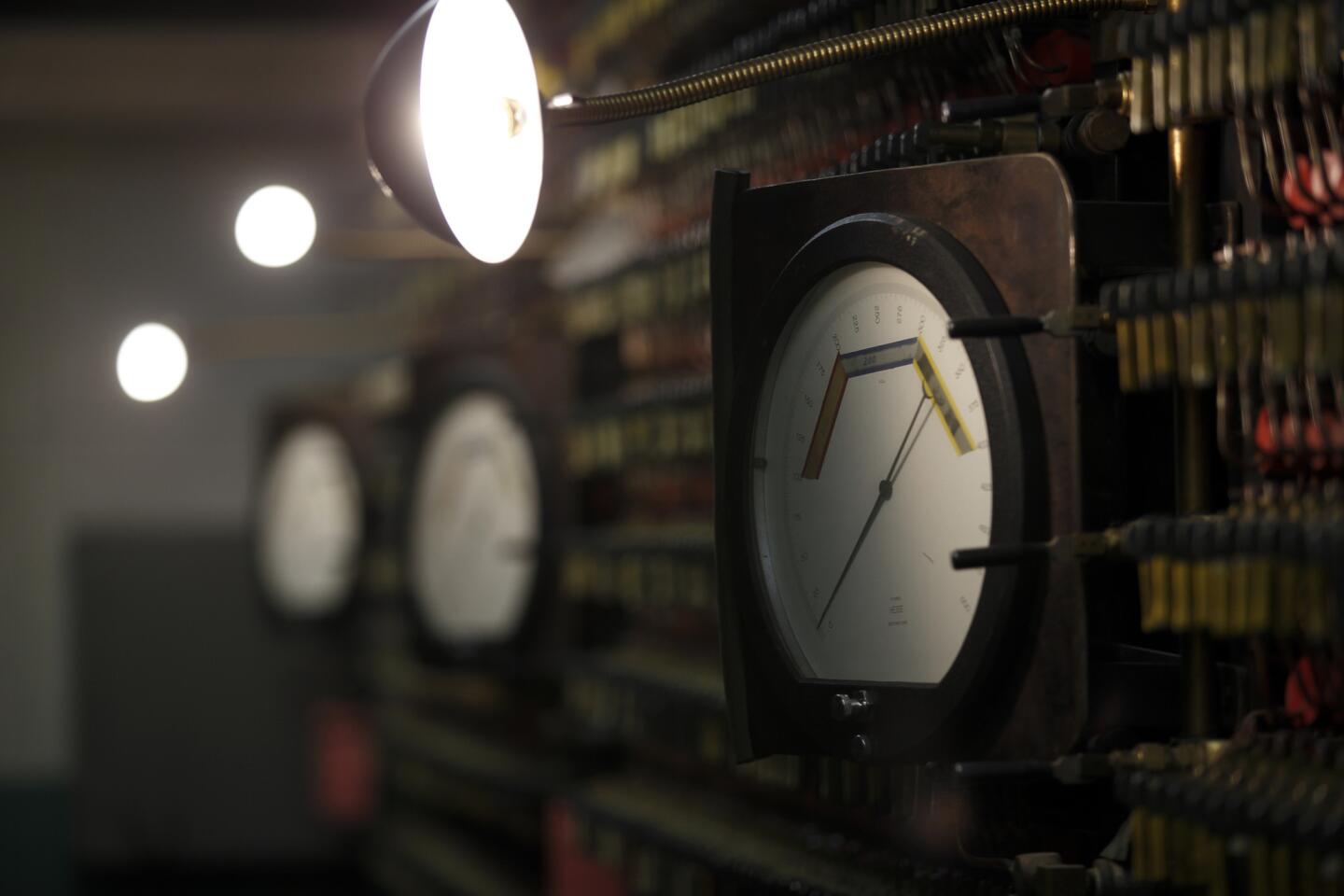
The Hanford Site in Washington state is one of three locations in the new Manhattan Project National Historical Park. “Fat Man,” the atomic bomb that detonated on Aug. 9, 1945, over Nagasaki, Japan, originated here. Pictured: control room panels at B Reactor.
(Mark Boster / Los Angeles Times)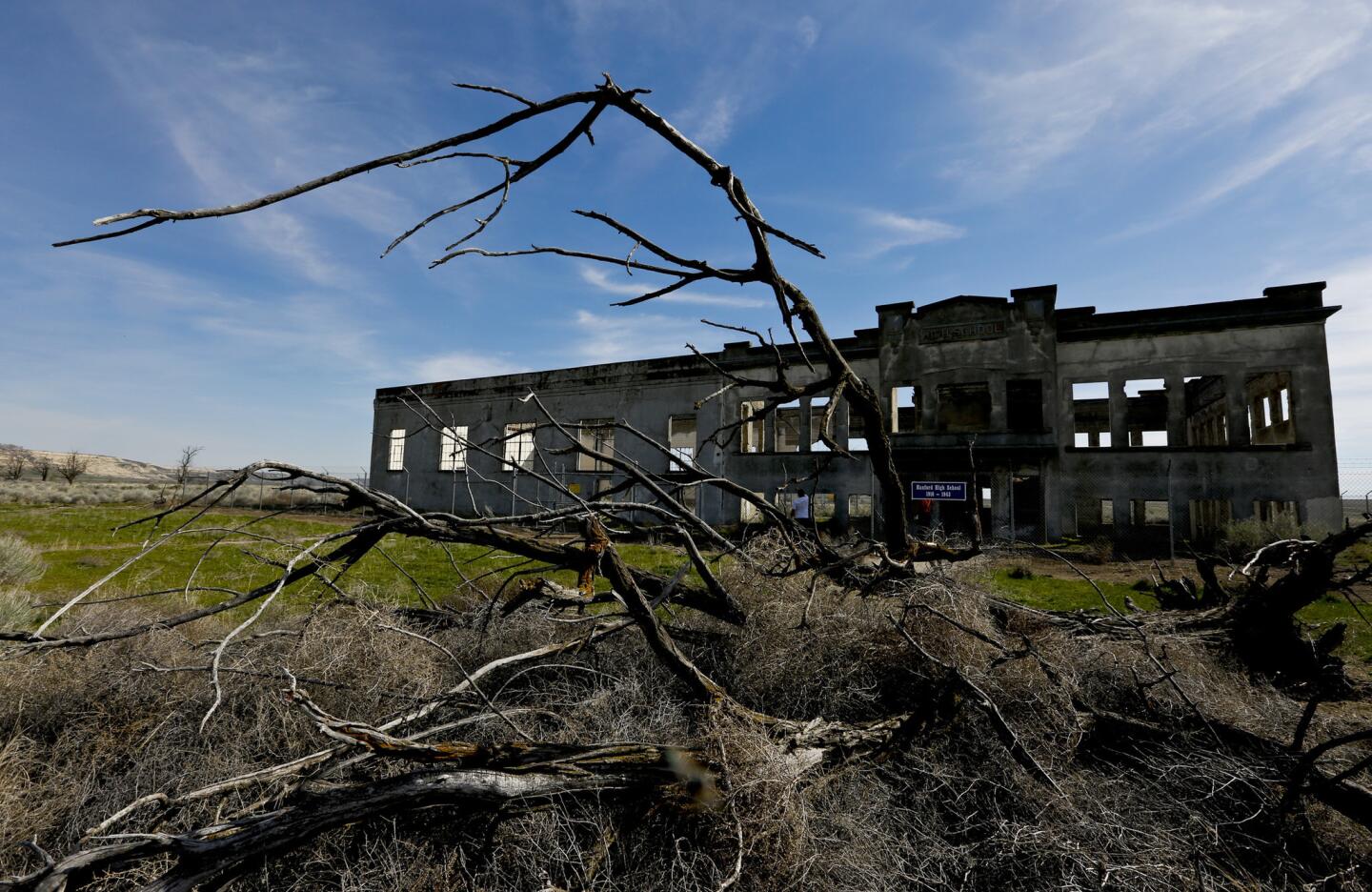
The small town of Hanford in south-central Washington faded from the map after the government bought area farms and the town itself to build the Hanford Nuclear Reservation, where the ruins of Hanford High School still stand.
(Mark Boster / Los Angeles Times)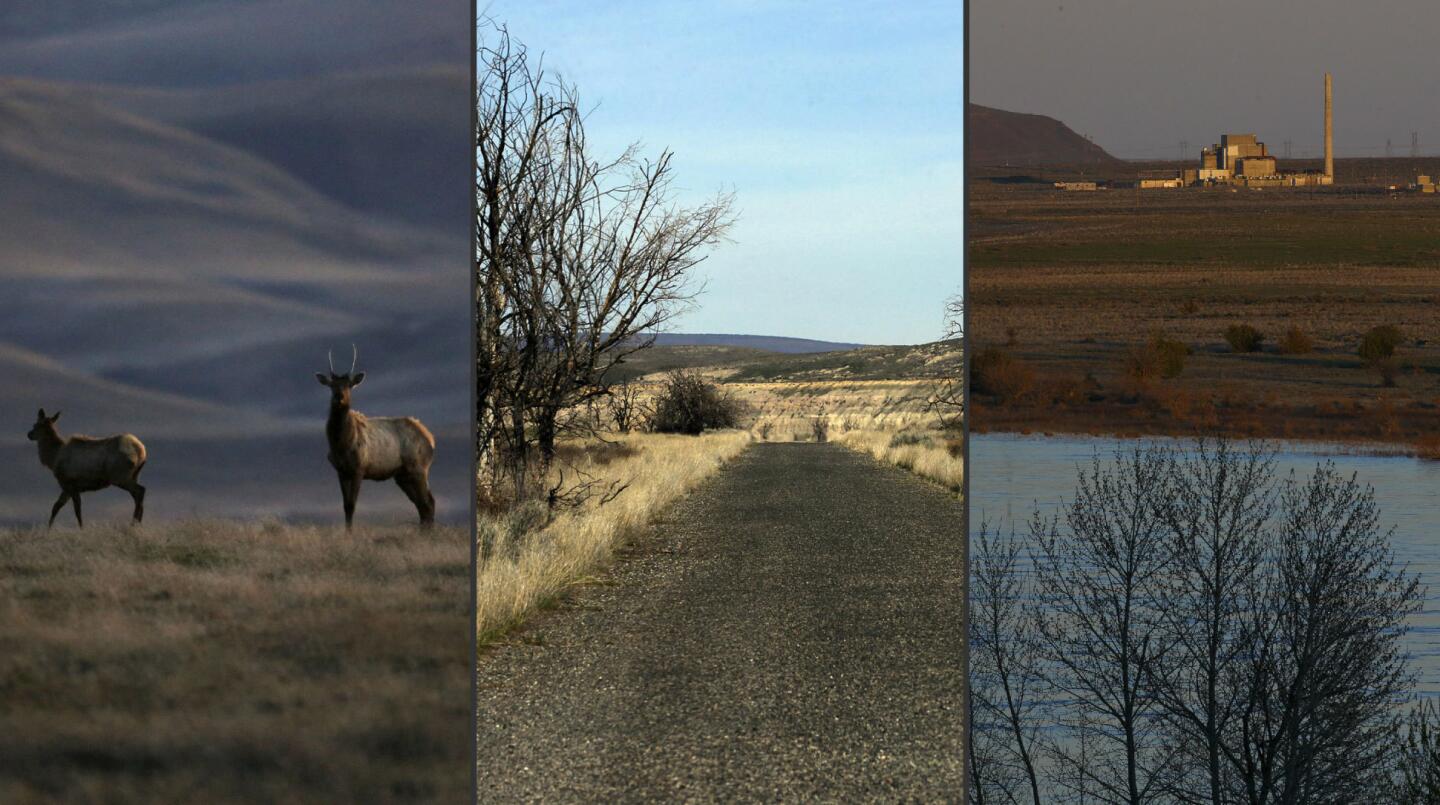
Elk, left, roam the Arid Lands Ecology Reserve, near the Hanford Site. The roads from the town of White Bluff remain, center, where the government bought all of the farms and the small towns surrounding to build the Manhattan Project site. The Columbia River flows past the B Reactor.
(Mark Boster / Los Angeles Times)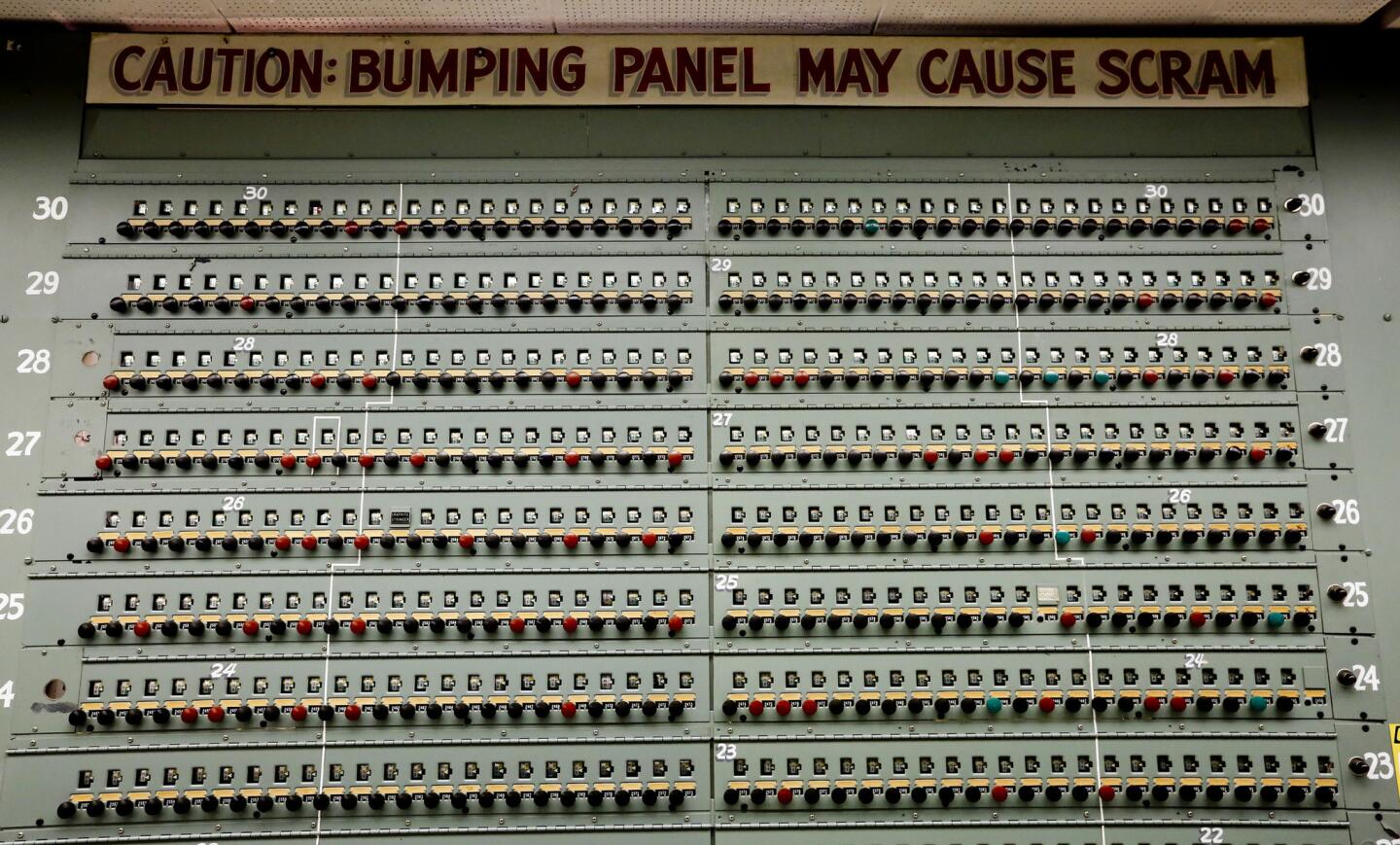
A panel is labeled with a no-nonsense warning at the B Reactor.
(Mark Boster / Los Angeles Times)Advertisement
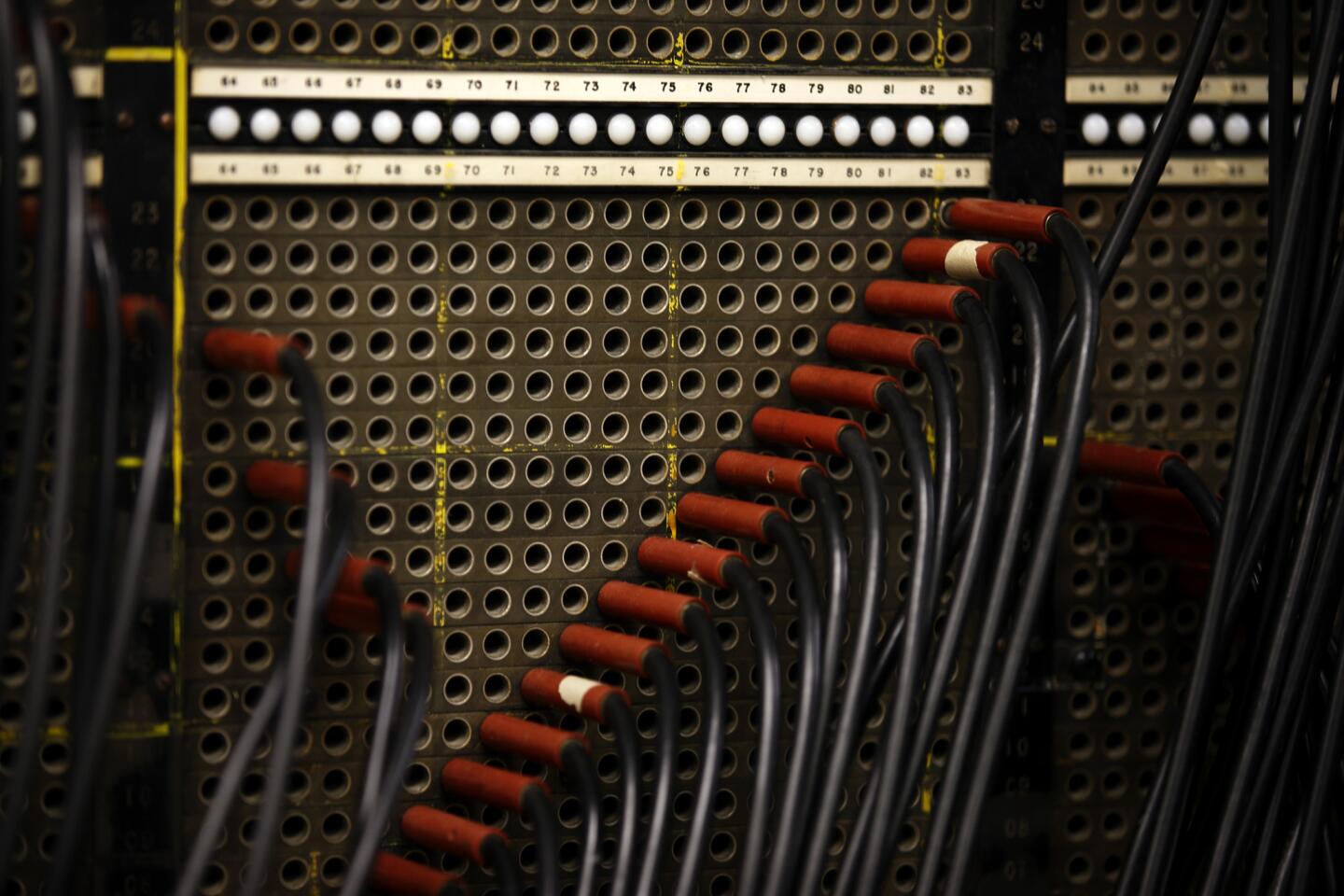
A control panel at Hanford’s B Reactor.
(Mark Boster / Los Angeles Times)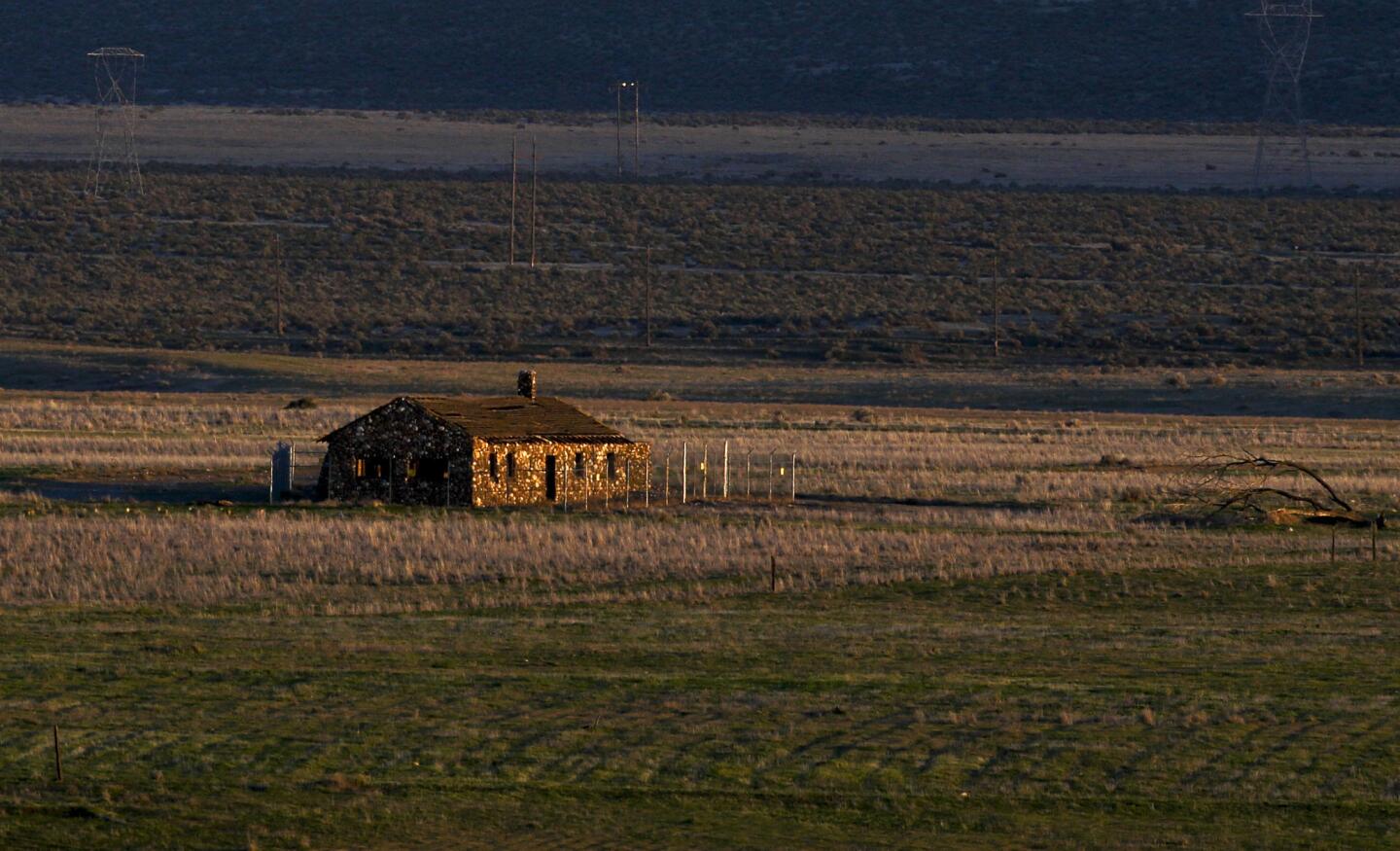
The Bruggemann farmhouse is one of the few buildings still standing in what’s left of the tiny town of Hanford, Wash., which was taken over by the government as it established the Hanford Nuclear Reservation in 1943.
(Mark Boster / Los Angeles Times)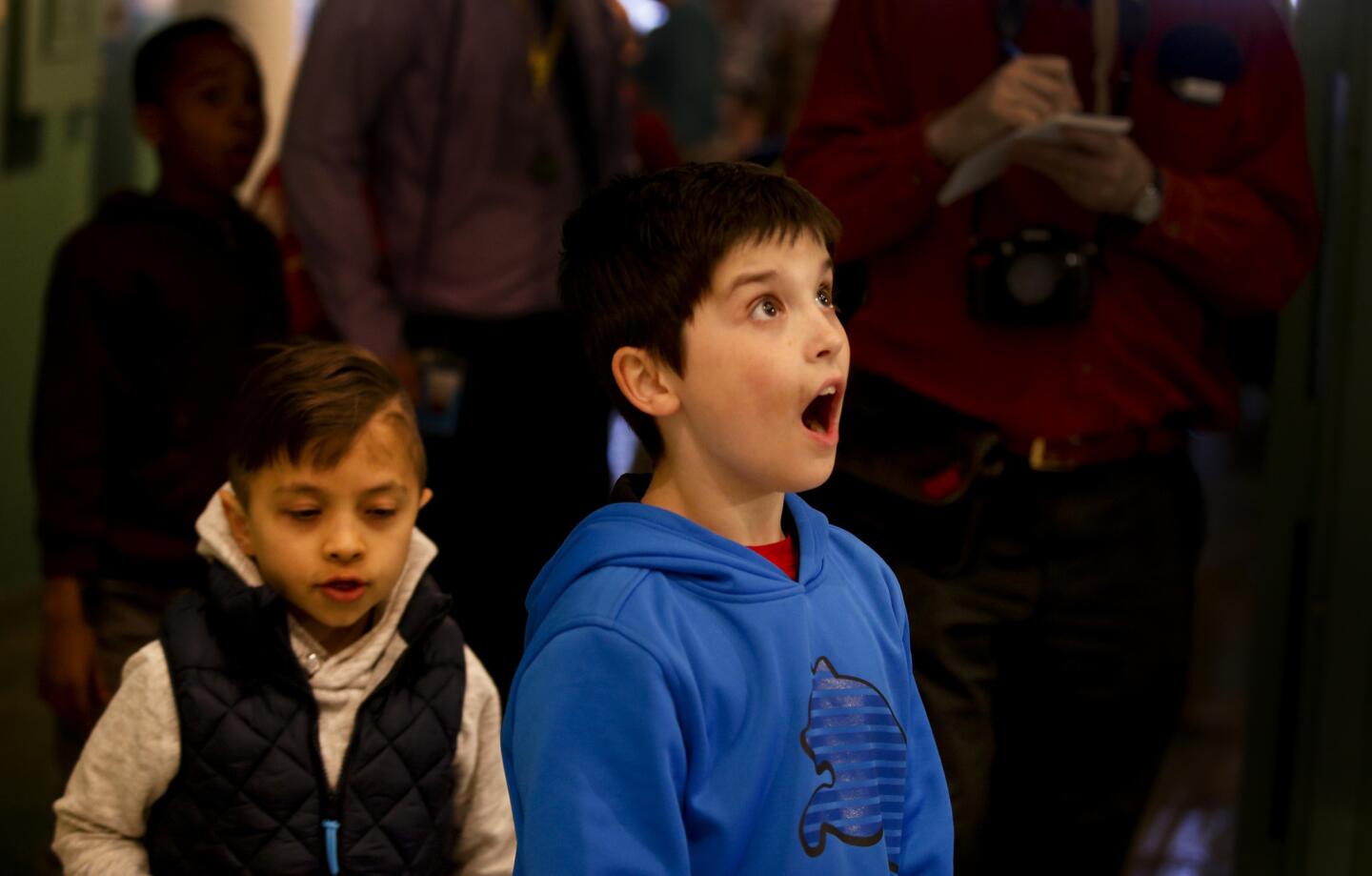
Local students react to the four-story B Reactor at the Hanford Nuclear Reservation, now part of the Manhattan Project National Historical Park.
(Mark Boster / Los Angeles Times)
Students from a local school explore the B Reactor.
(Mark Boster / Los Angeles Times)Advertisement
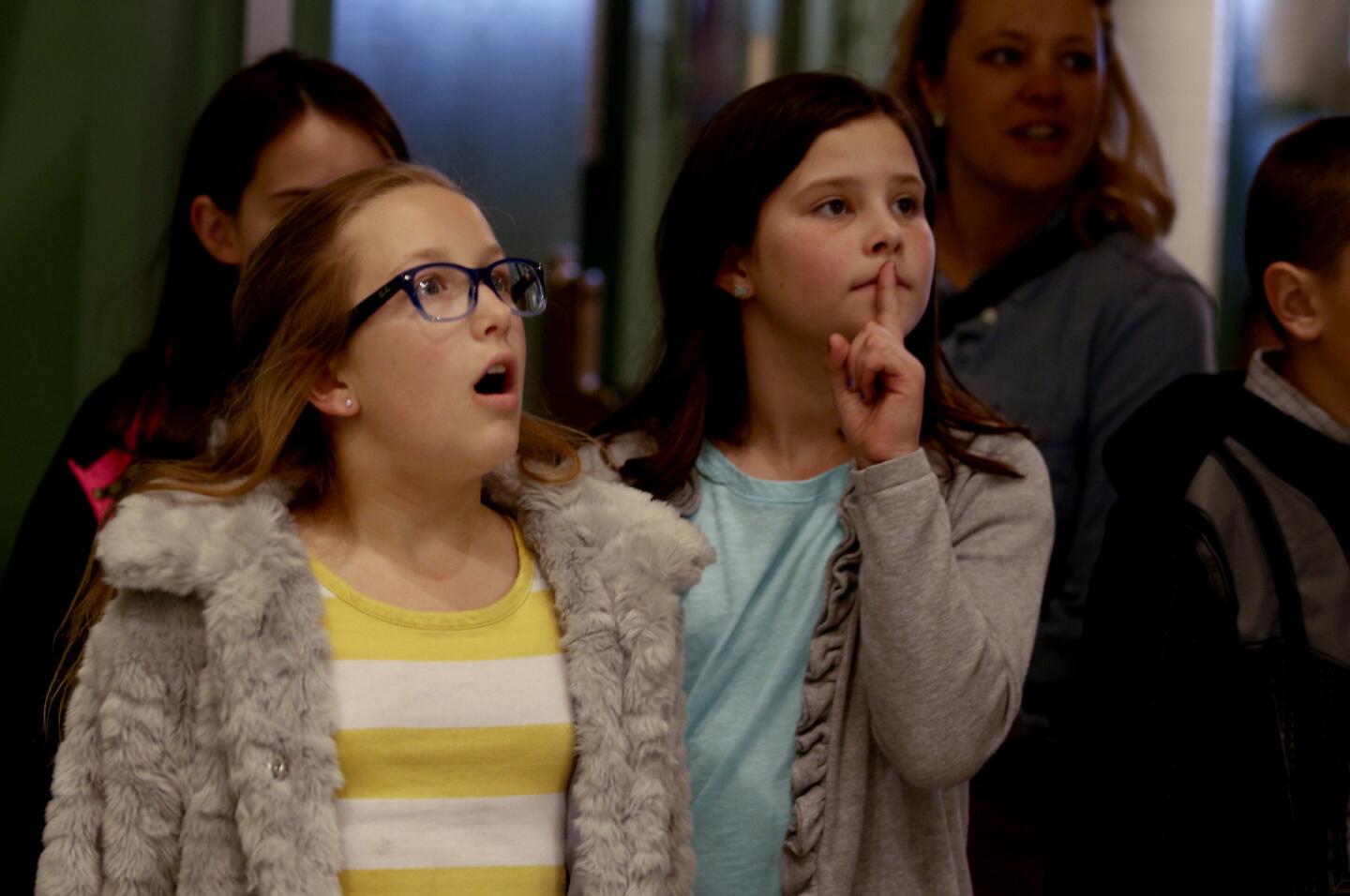
This year, for the first time, all ages are welcome at the Hanford Nuclear Reservation of the Manhattan Project National Historical Park.
(Mark Boster / Los Angeles Times)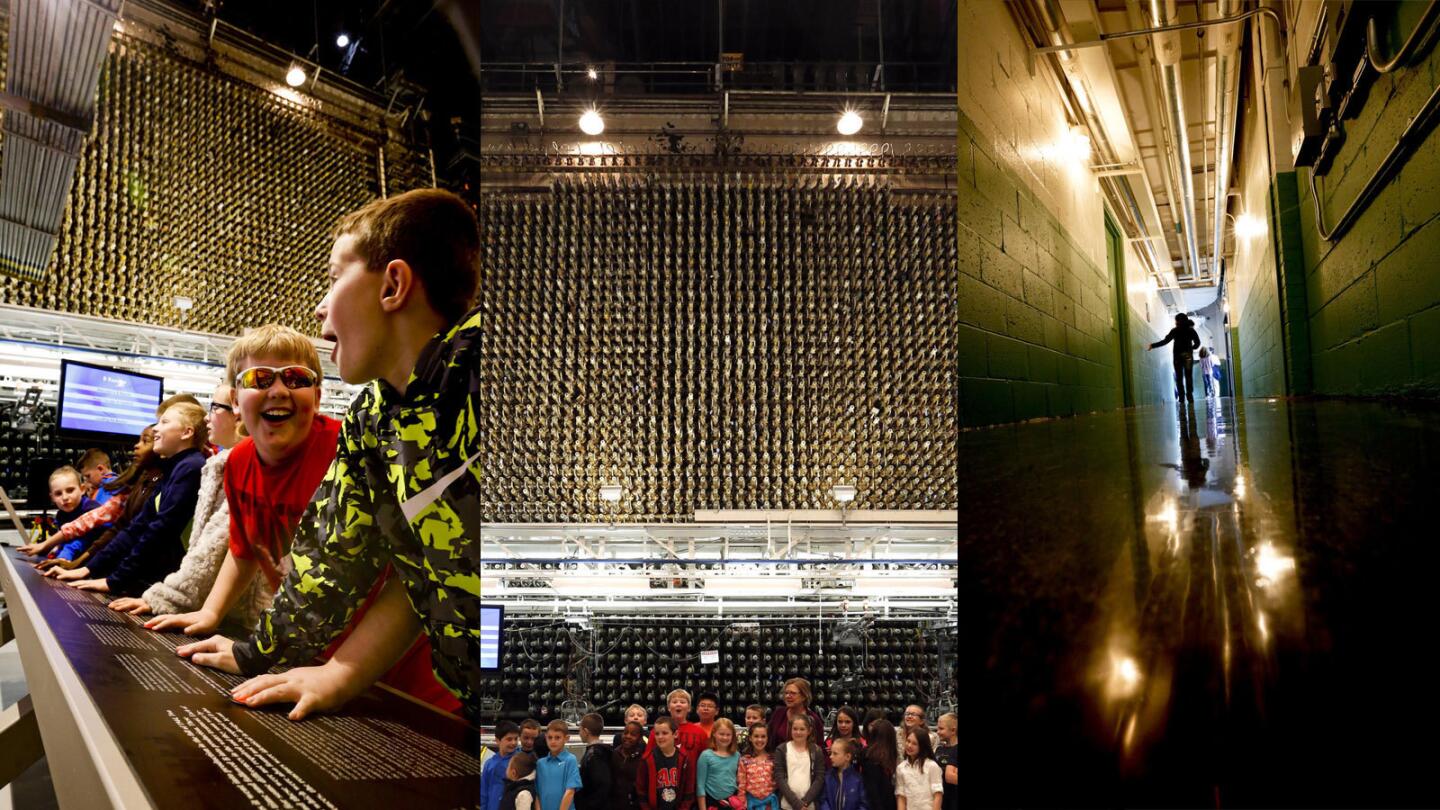
Students from a local school play with an interactive light panel while touring the B Reactor, left, then pose for a picture beneath the four-story reactor. Children walk down the hall from the B Reactor control room.
(Mark Boster / Los Angeles Times)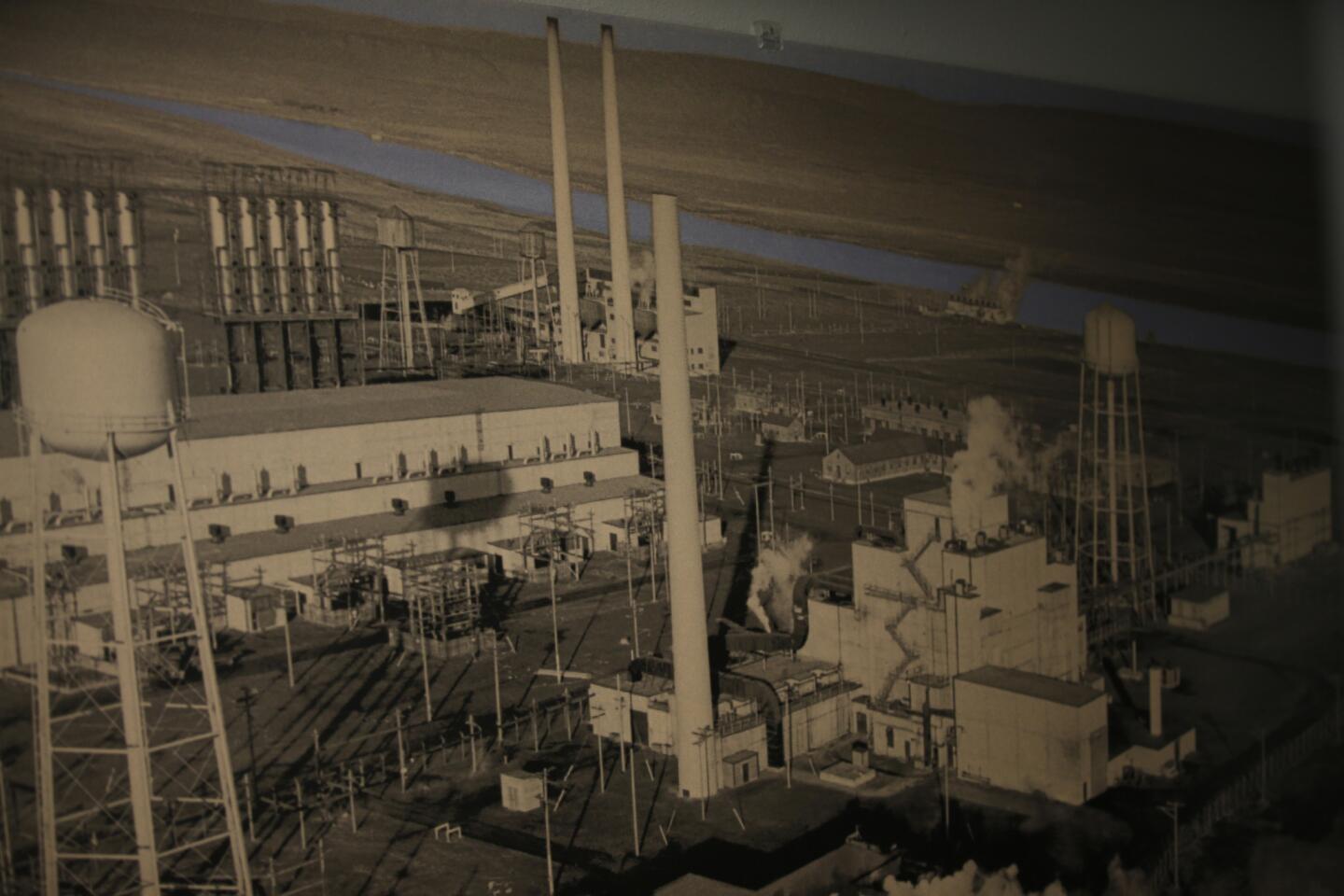
An archive photo of the Hanford Nuclear Reservation in south-central Washington, established in 1943.
(Mark Boster / Los Angeles Times)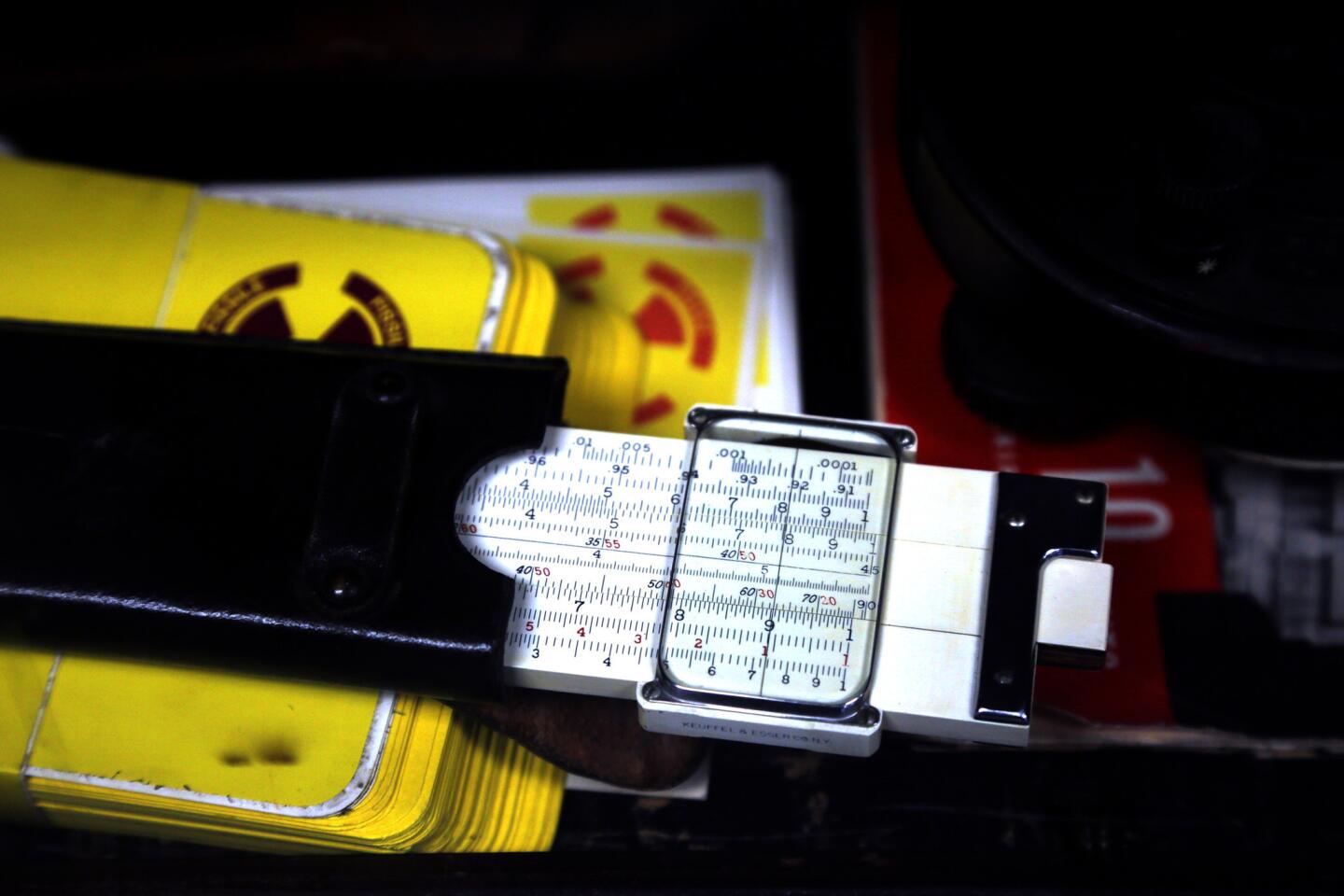
A slide rule reminds visitors how simple calculating tools from the past helped to create the B Reactor on the Hanford Nuclear Reservation.
(Mark Boster / Los Angeles Times)Advertisement
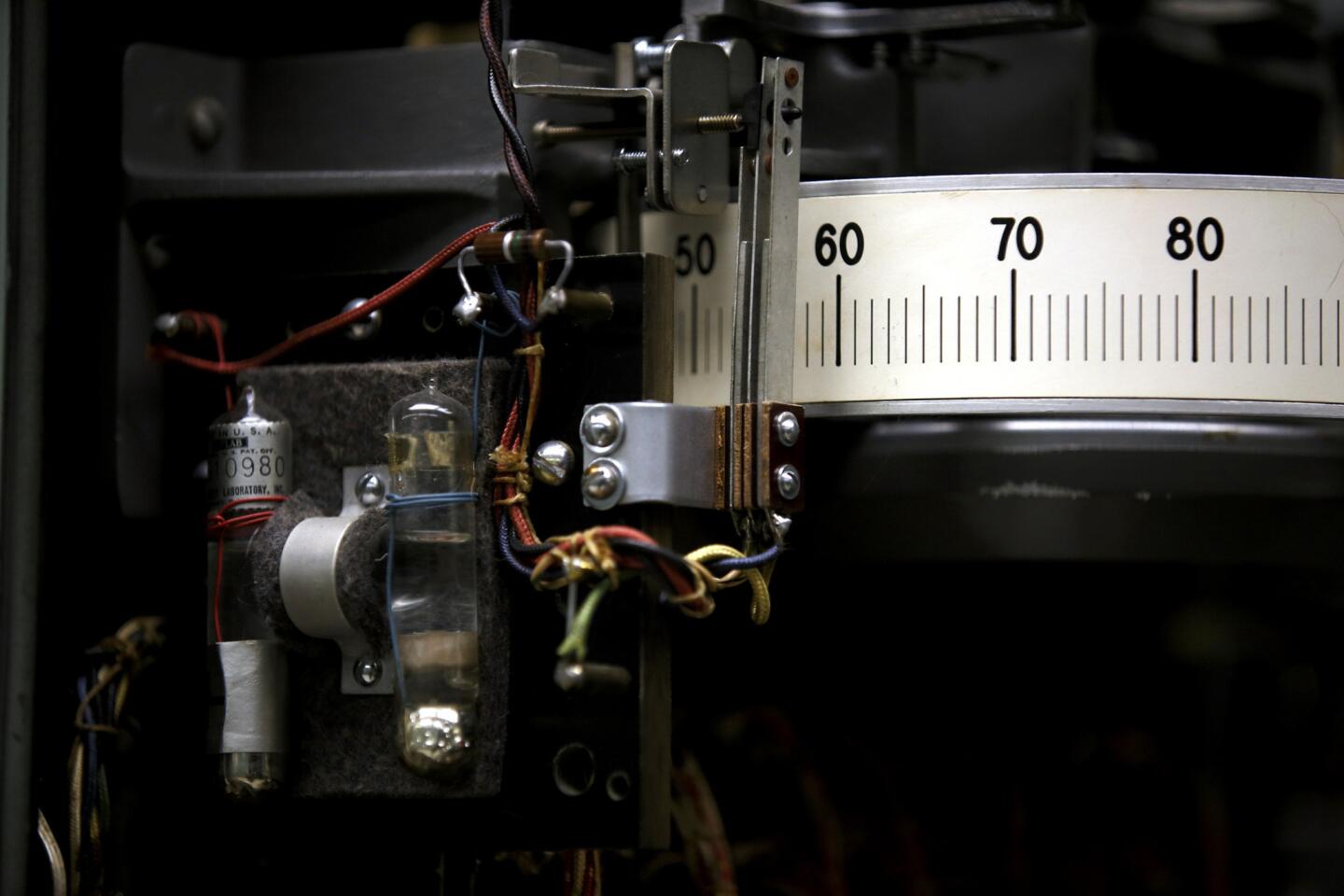
A closeup of dials and switches on a control panel at the B Reactor.
(Mark Boster / Los Angeles Times)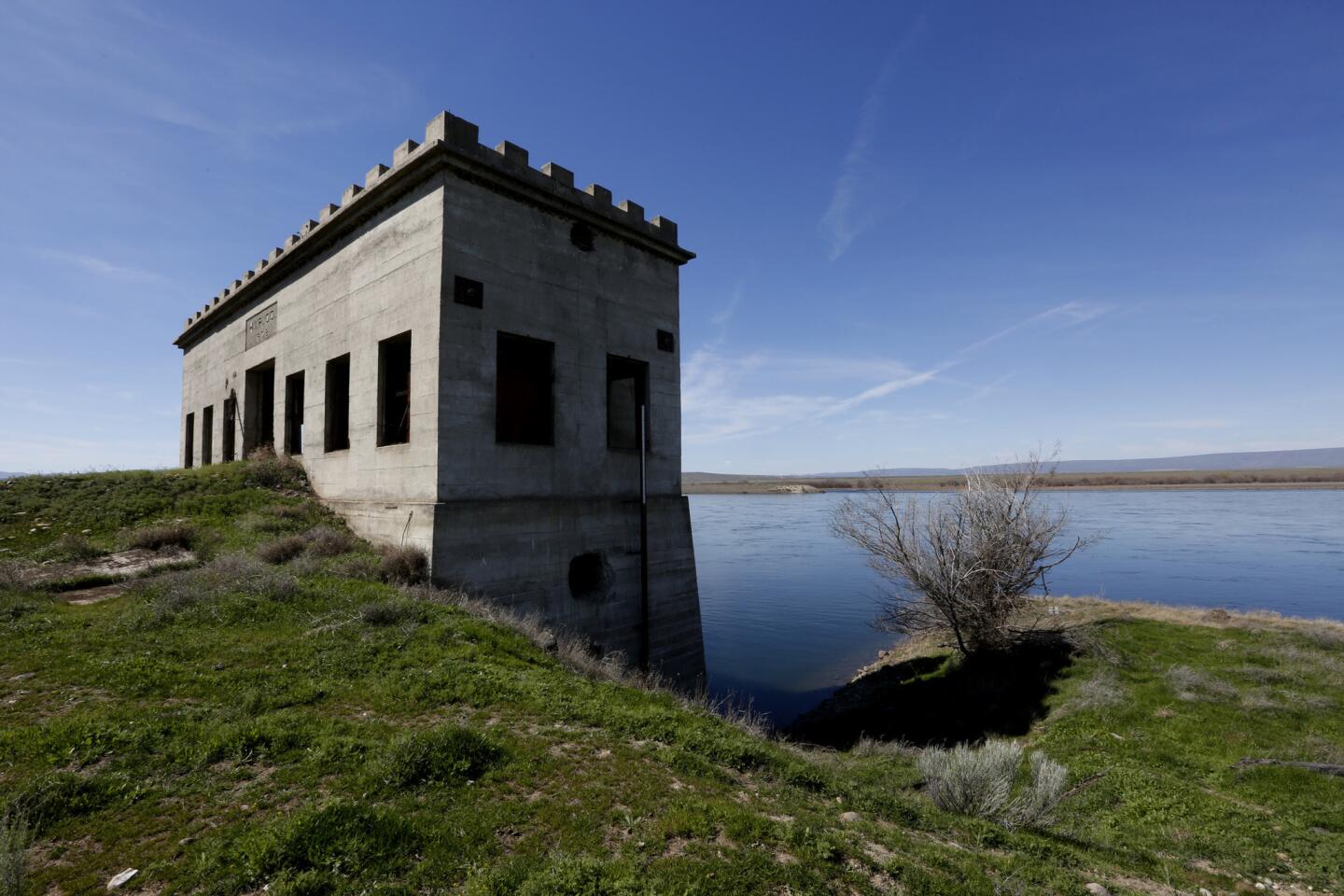
The pump house along the Columbia River still stands. River water was used to cool the nuclear reactor.
(Mark Boster / Los Angeles Times)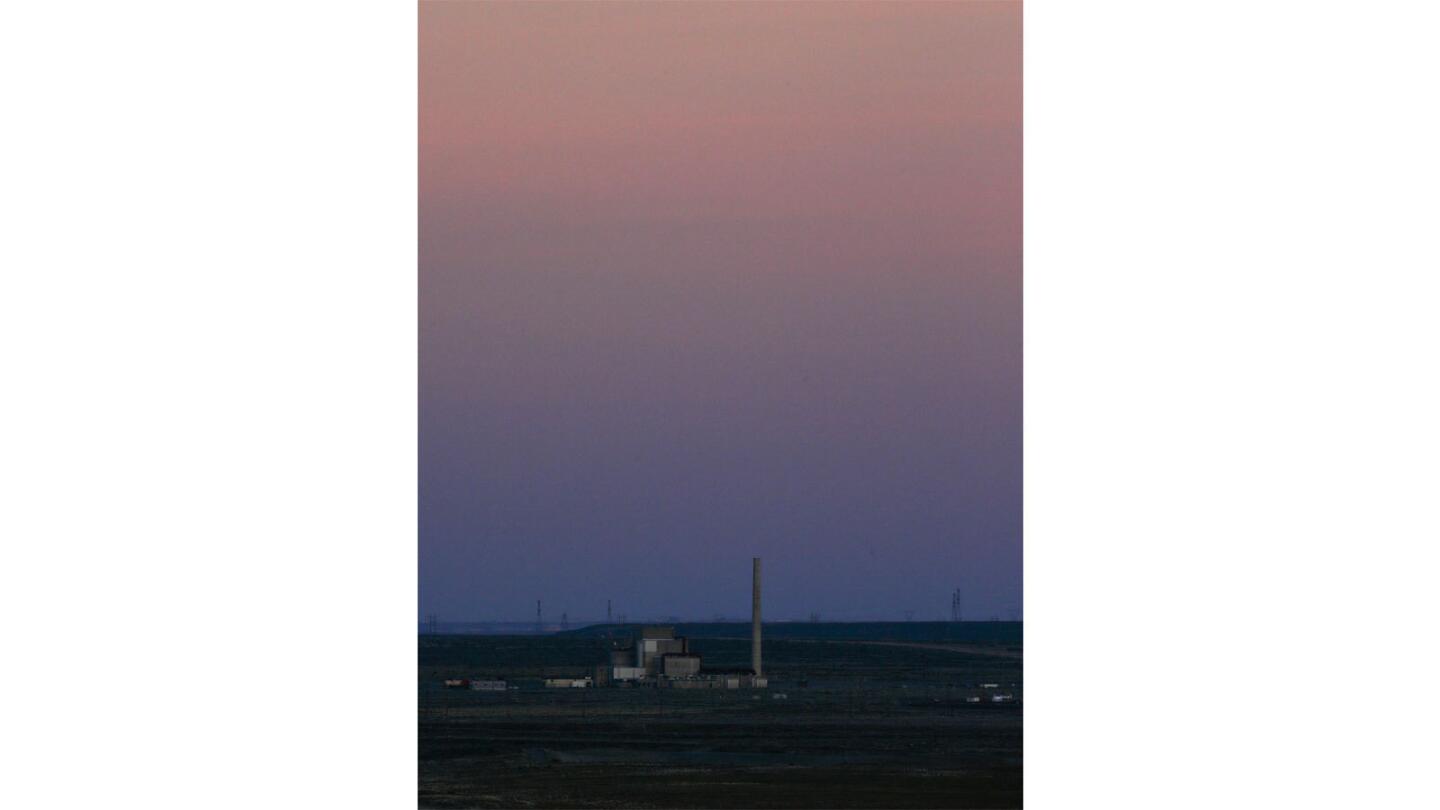
Dusk settles at the decommissioned B Reactor on the Hanford Nuclear Reservation.
(Mark Boster / Los Angeles Times)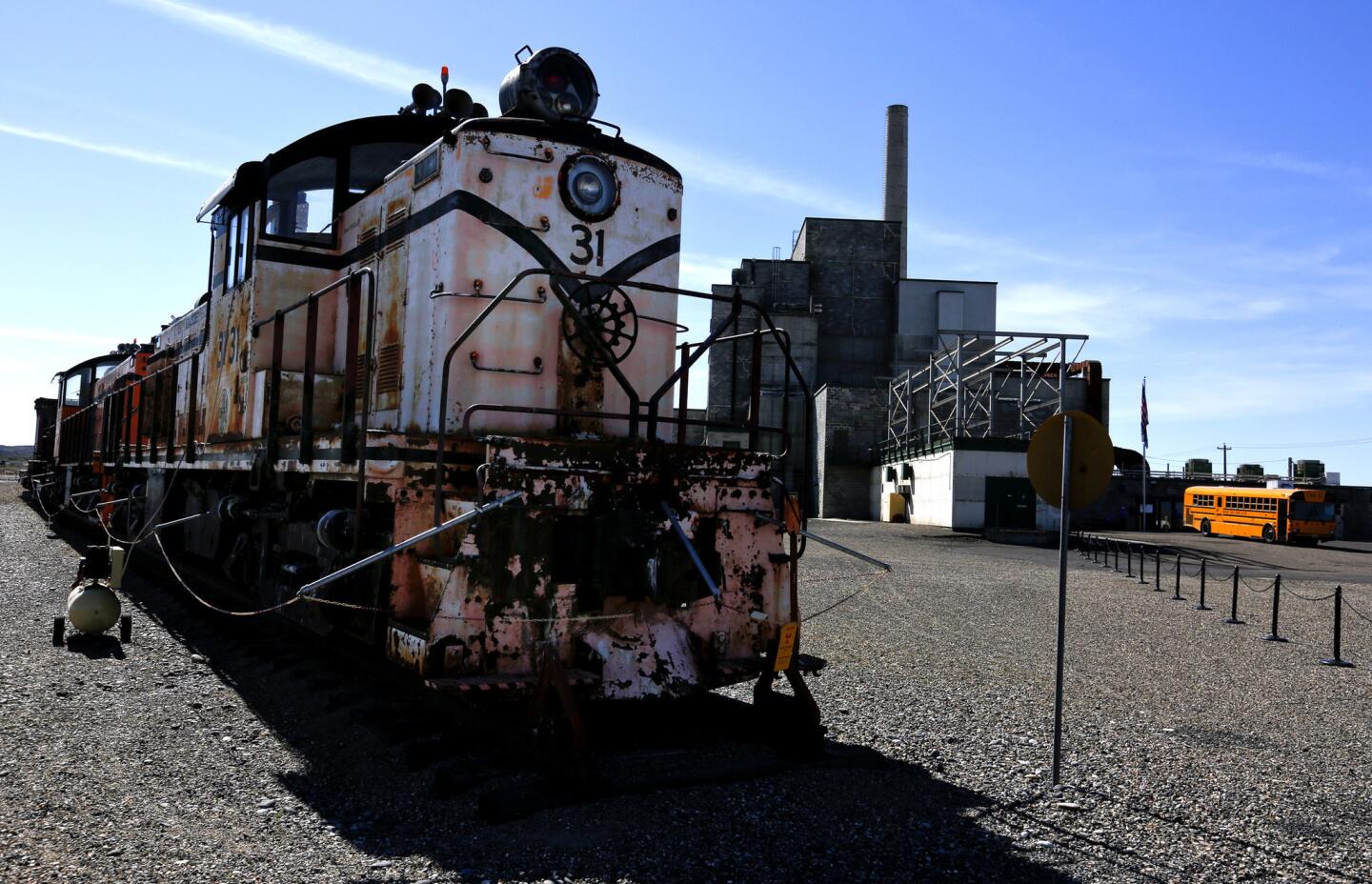
A freight engine and cars that used to haul radioactive material are parked next to the decommissioned B Reactor.
(Mark Boster / Los Angeles Times)Advertisement
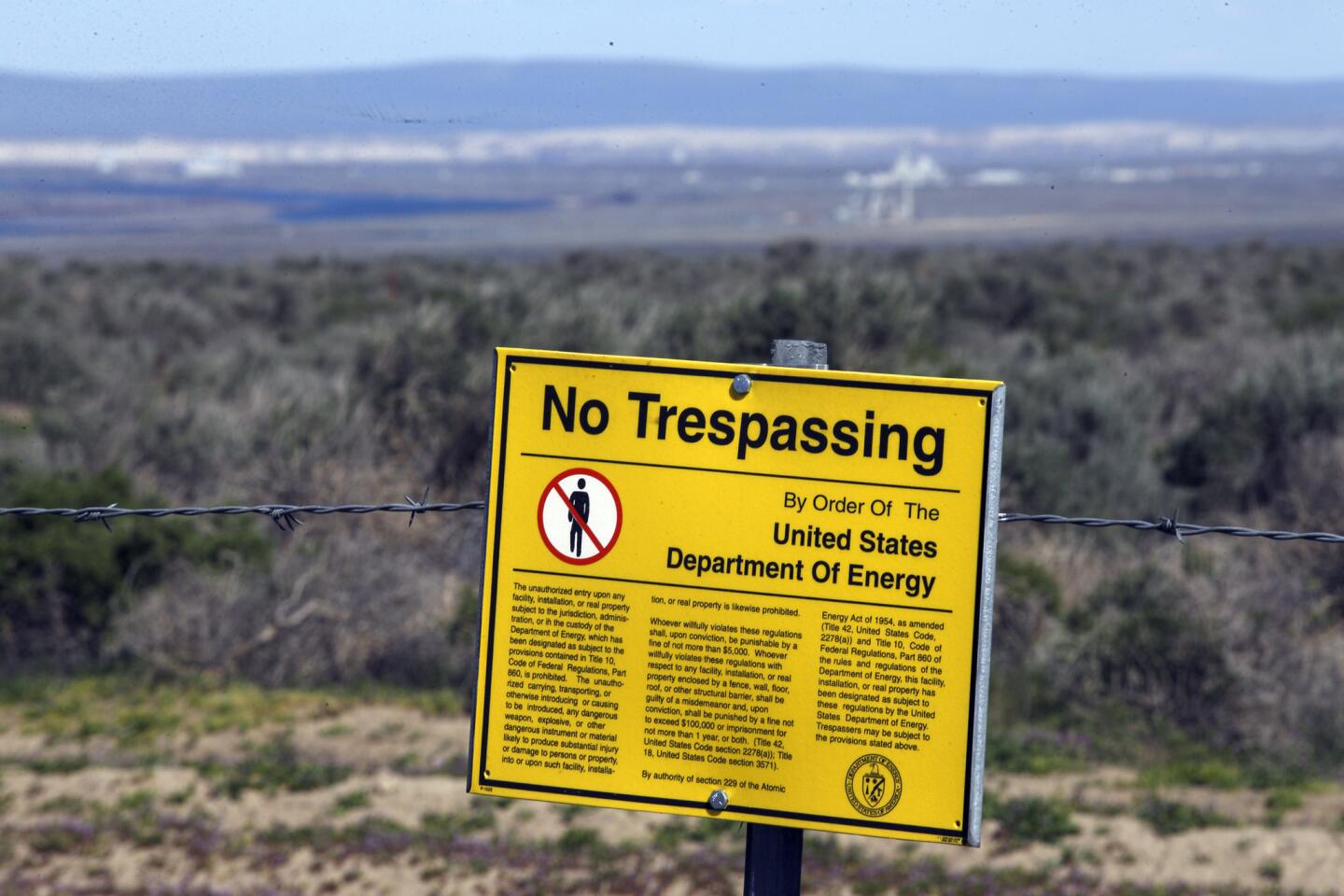
Signs mark the perimeter fence around the Hanford Nuclear Reservation, part of the new Manhattan Project National Historical Park.
(Mark Boster / Los Angeles Times)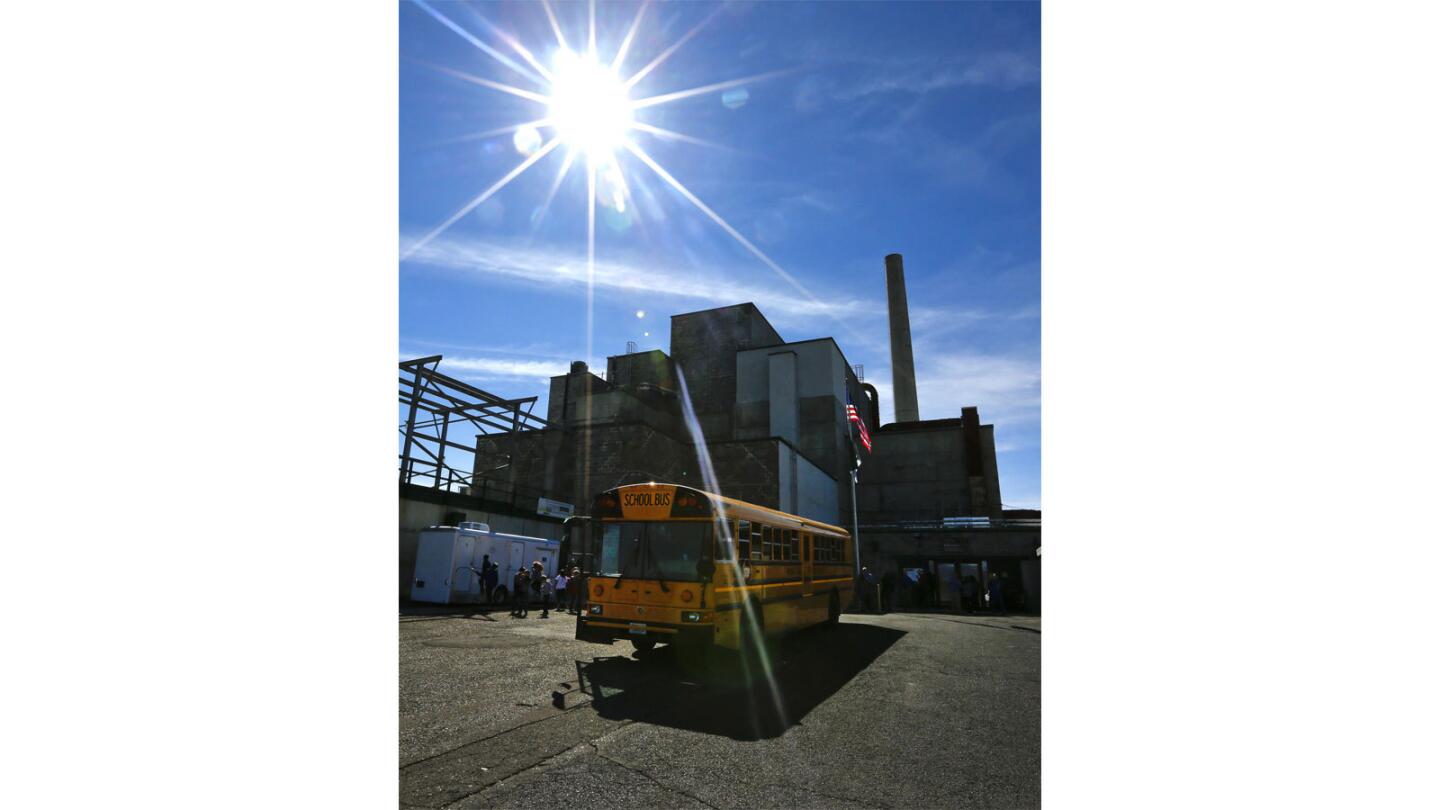
Schoolchildren finish their tour of the decommissioned B Reactor on the Hanford Nuclear Reservation.
(Mark Boster / Los Angeles Times)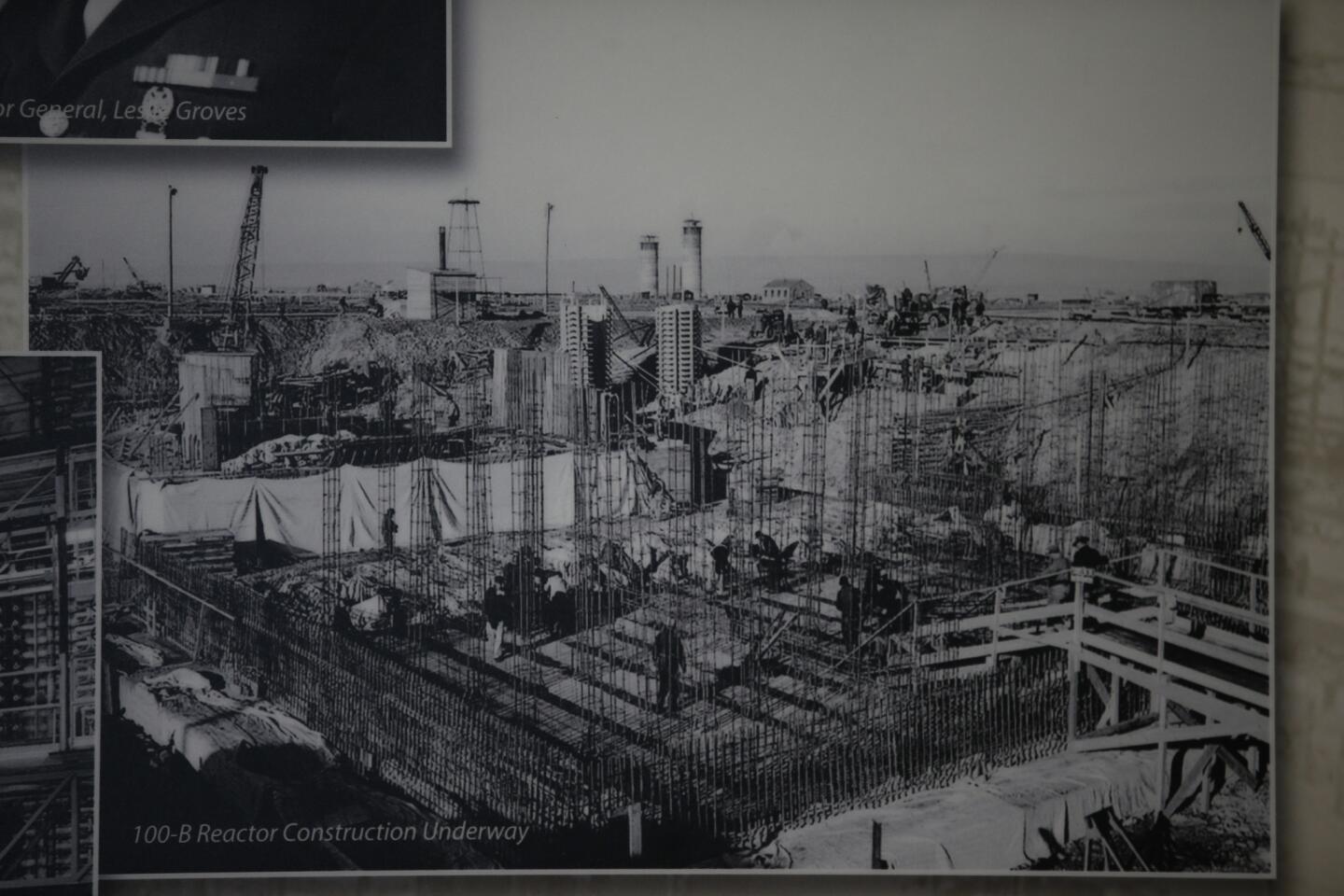
An archive photo displayed at the B Reactor on the Hanford Nuclear Reservation.
(Mark Boster / Los Angeles Times)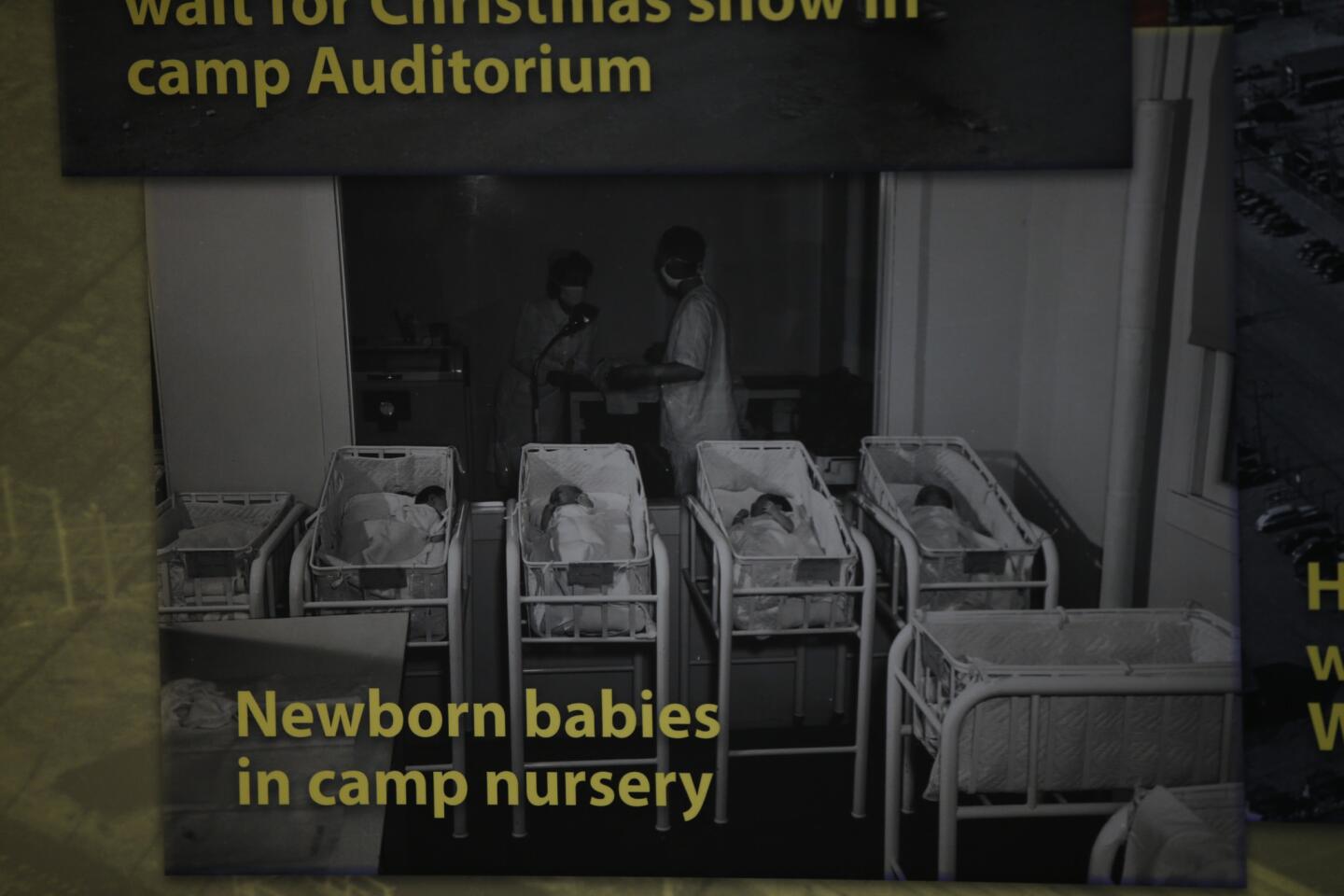
An archive photo of daily life at the Hanford Nuclear Reservation, back when it was a city unto itself.
(Mark Boster / Los Angeles Times)


